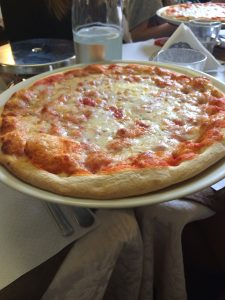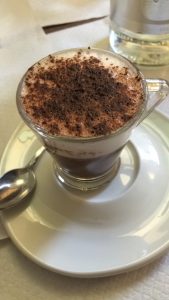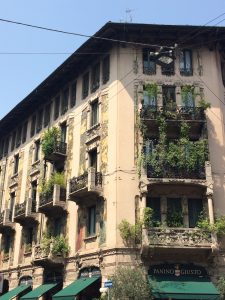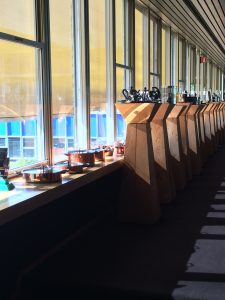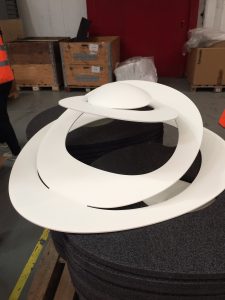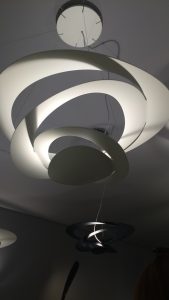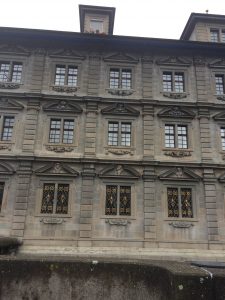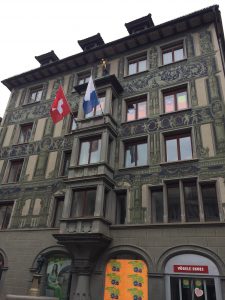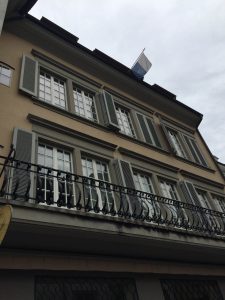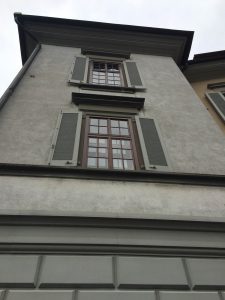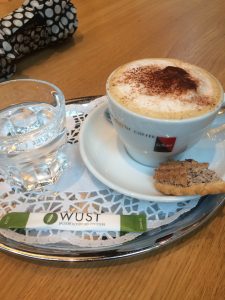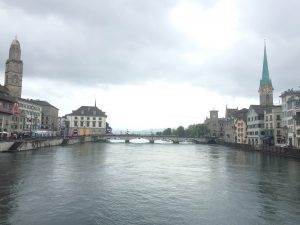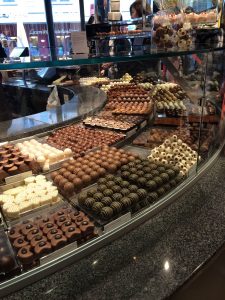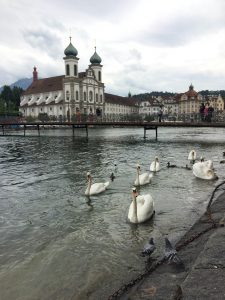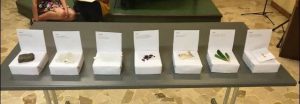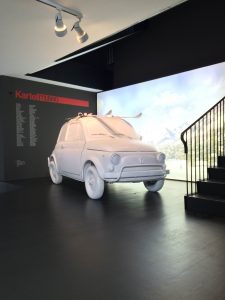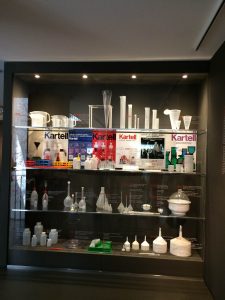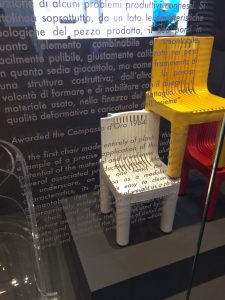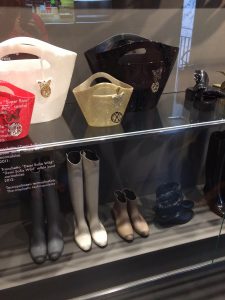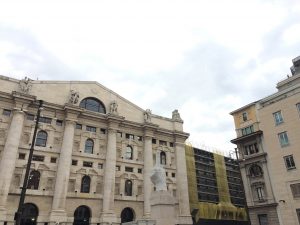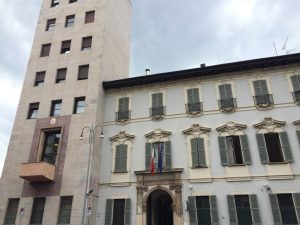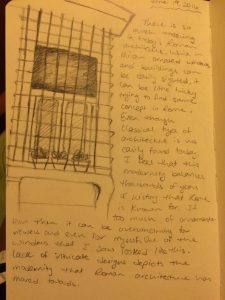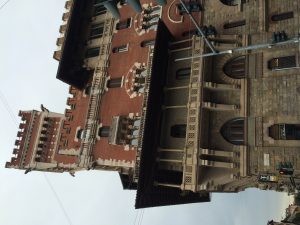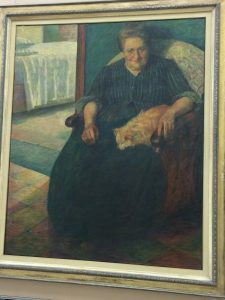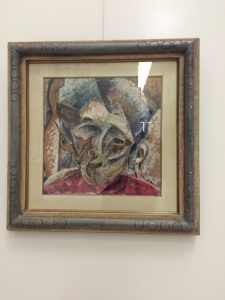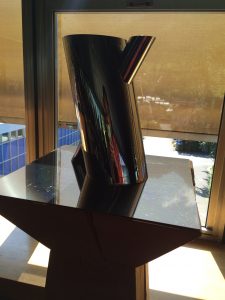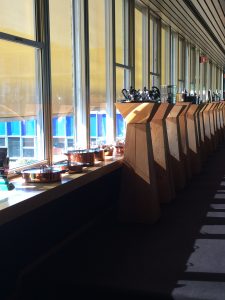Has it already been one month in Milan? Where does the time fly? It seems as if just yesterday I was flying from Austin to begin my adventure in another country but in reality that adventure came to an end. Even though I’m not going to America yet, it is unbelievable that my study abroad adventure came to an end. However there are so many memories and friendships I will be taking with me. Also, how can I forget the wonderful knowledge I have received in design despite being a non-design major? Truly, I have grasped so much understanding in design that I wouldn’t have been able to receive just sitting in a classroom. Everyday was a new adventure, new lesson to learn about design in various fields, and new opportunity to learn more about the culture that I was surrounded by. And yes the food! Being a big pasta and pizza addict, I can finally say that I have had enough pizza and pasta for at least few months now. But truly, nothing can beat the authentic taste of Italian food than having it in Italy itself. Speaking about food, I can’t forget coffee and gelato! The daily routine of having a cup of marocchino or cappuccino is something that I will really miss. Additionally, something that I’m proud to take back from this trip and Milan, is how much I have came to appreciate the design and art that I’m surrounded by daily. Something that we take, such as a lamp, a simple mere object is actually an art piece that has a design history, hard work of many individuals, and inspiration driven from everywhere. Trying to find affordable, durable, convenient yet artistic ways to present consumers with products that are not only for daily usage but also for admiration is something that I have came to appreciate more. Moreover, when I came to Milan and saw the city for the first time, I was just mesmerized by its architecture. Seeing buildings everywhere that were so intricate and decorative as in Romanesque style versus also seeing simplest looking fascist style buildings, reminded me the role that even politics can have in architecture. Being so fascinated upon sighting beautiful architecture in Milan and anywhere that I have been in Europe has drawn me more closely to my surroundings. This trip has truly changed my perspective in various objects and the beauty of my environment that I forget to acknowledge. I won’t be able to look things in the same way that I did before and I can’t thank this program, Kate, and the beautiful city of Milan enough for giving me an experience that will be remembered for a lifetime.
